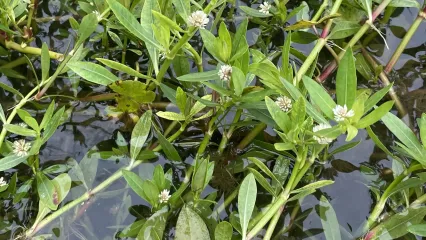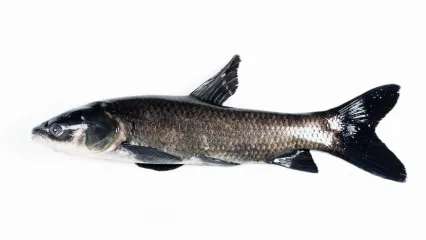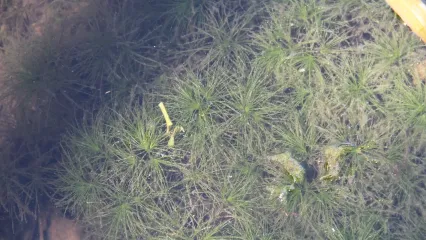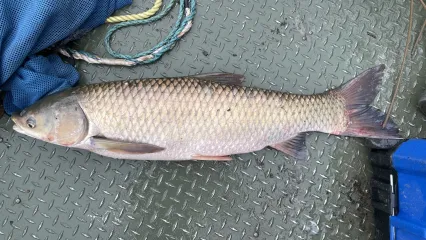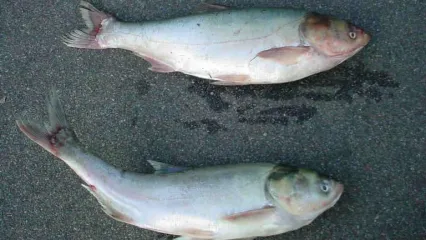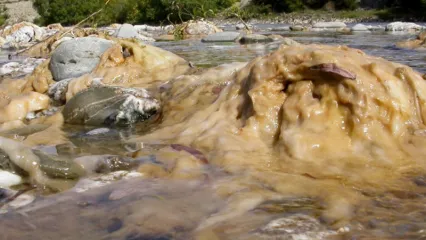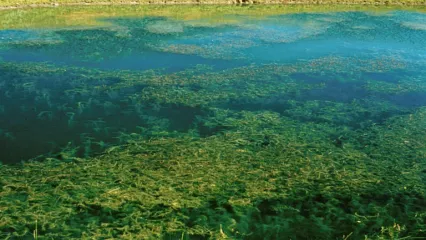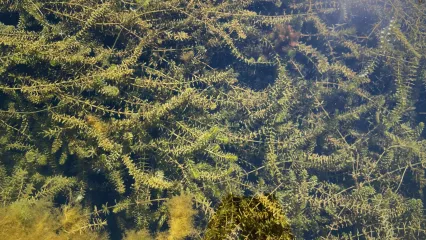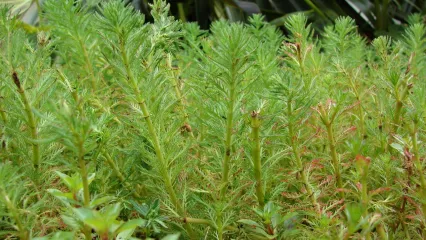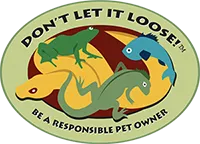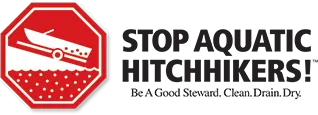The Aquatic Nuisance Species Program
The program was developed in 2008 with the creation of the ANS Management Plan. This document is the reference guide for the program and enables ODWC to seek federal funding for projects related to aquatic nuisance species. The program is geared toward outreach and education but also focuses on early detection and rapid response of aquatic invasions.
What are Aquatic Nuisance Species?
ANS are nonindigenous aquatic species that pose significant ecological and economic threats to aquatic ecosystems. This can include fish, aquatic plants, algae, invertebrates, viruses, and other aquatic pathogens. ANS can compete with and decrease native species within a system.
How You Can Help!
There are several ways that you, the angler and lake recreationist, can help prevent the spread of aquatic nuisance species. When leaving a body of water, be sure to remove any visible plants or mud from your boat and gear, drain all water including bilges, bait buckets, and live wells, and clean anything that came in contact with the water. Also never release any plants or animals into a body of water unless they originated there.
If you think you have discovered any invasive species contact us at (918) 200-4815 or report online.
Aquatic Nuisance Species in Oklahoma
Pagination
Guidelines to reduce/stop the spread of invasive aquatic species:
